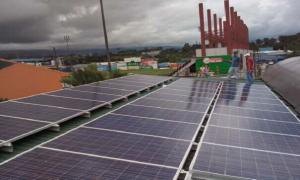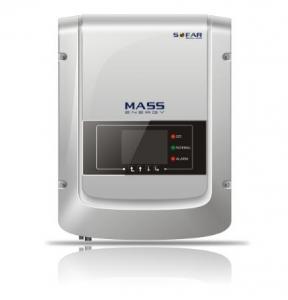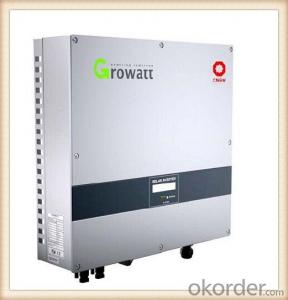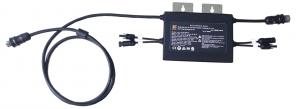Mpp Solar Grid Tie Inverter
Mpp Solar Grid Tie Inverter Related Searches
Solar Grid Tie Inverter Solar System Grid Tie Inverter Solar Hybrid Grid Tie Inverter Mpp Solar Inverter Solar Grid Tie Micro Inverter Mpp Solar Power Inverter Nep Solar Grid Tie Inverter Grid Tie Inverter Solar Sun Grid Tie Inverter Grid Tie Solar Inverter Hybrid Grid Tie Solar Inverter Mpp Solar Hybrid Inverter Solar Grid Tie Inverter Kit Mpp Solar Charger Inverter Grid Tie Inverter Solar Panel Grid Tie Hybrid Solar Inverter Mpp Solar Inverter Charger Best Solar Grid Tie Inverter Solar Inverter Grid Tie 10kw Solar Grid Tie Inverter Grid Tie Inverter Solar Kit Best Grid Tie Solar Inverter Grid-Tie Solar Inverter 3kw Solar Grid Tie Inverter 1000w Solar Grid Tie Inverter Solar Grid Tie Inverter Price Nep Solar Grid-Tie Inverter 1kw Solar Grid Tie Inverter 5kw Solar Grid Tie Inverter Mppt Solar Power InverterMpp Solar Grid Tie Inverter Supplier & Manufacturer from China
The Mpp Solar Grid Tie Inverter is a cutting-edge product designed to optimize the performance of solar energy systems. It plays a crucial role in converting the direct current (DC) generated by solar panels into alternating current (AC) that can be fed back into the electrical grid. This advanced inverter is equipped with Maximum Power Point Tracking (MPPT) technology, which ensures that the solar panels operate at their maximum efficiency, thereby maximizing energy output.The Mpp Solar Grid Tie Inverter is widely used in various applications, including residential, commercial, and industrial settings. It is particularly beneficial in areas with limited access to electricity or where grid stability is a concern. By integrating this inverter into solar energy systems, users can harness the power of the sun to generate clean, renewable energy, reducing their reliance on fossil fuels and lowering their carbon footprint. Additionally, it enables them to sell excess energy back to the grid, potentially earning them a return on their investment.
Okorder.com is a reputable wholesale supplier of the Mpp Solar Grid Tie Inverter, offering a vast inventory to cater to the needs of various customers. With a commitment to quality and customer satisfaction, Okorder.com ensures that each inverter is thoroughly tested and meets the highest industry standards. By partnering with Okorder.com, customers can rest assured that they are receiving a reliable and efficient product that will enhance the performance of their solar energy systems.
Hot Products

















































